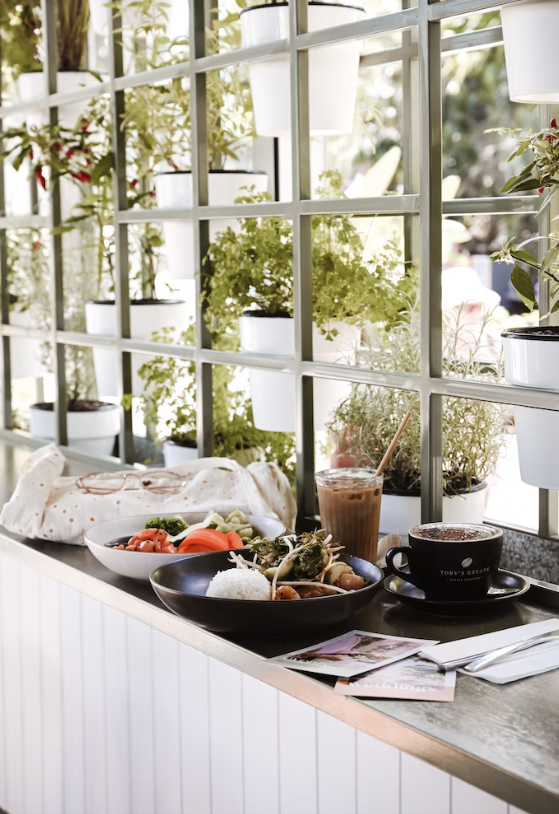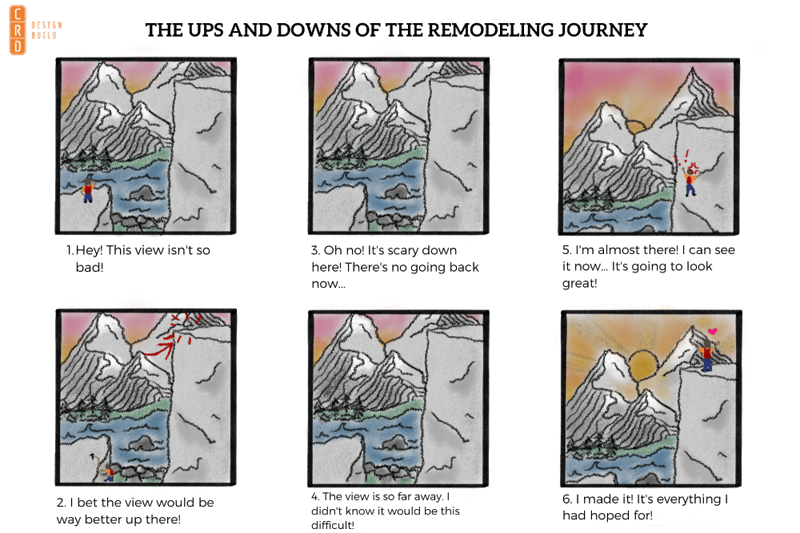Vertical gardens, also known as living walls or green walls, are a creative and space-saving way to bring greenery into your home or outdoor space!
Not only do they enhance the aesthetic appeal of your surroundings, but they also offer numerous benefits like improved air quality and reduced energy costs. Building your own vertical garden can seem daunting, but with a bit of creativity and resourcefulness, it can be a budget-friendly endeavor. This article will explore three cost-effective ways to build your own vertical garden.
Recycled Materials and Pallet Gardens
Bob Vila explains that utilizing recycled materials is an excellent way to build a budget-friendly vertical garden. Pallets, in particular, offer a versatile and readily available resource for creating a vertical planting structure. To build a pallet garden, start by acquiring a wooden pallet that is in good condition. Make sure the pallet is clean and chemicals-free if you plan to grow edible plants.
Next, attach a landscape fabric or burlap to the back of the pallet using a staple gun. This will prevent the soil from falling through while allowing water to drain correctly. Fill the pallet’s compartments with a lightweight potting mix and plant your desired plants or herbs. Ensure you choose plants suitable for vertical gardening, such as succulents, herbs, or small annual flowers.
Once your plants are in place, you can lean the pallet against a wall, hang it securely, or attach it to a vertical structure. Pallet gardens are a cost-effective and space-saving solution that can transform any unused vertical space into a beautiful green oasis.
PVC Pipe or Gutter Gardens
Another budget-friendly option for building a vertical garden is to repurpose PVC pipes or gutters. These materials are affordable and easy to work with, making them an ideal choice for DIY vertical gardens.
To create a PVC pipe garden, start by cutting PVC pipes into sections of equal length, typically around 2 to 3 feet long. Next, cut a vertical slit along one side of each pipe, creating an opening for inserting plants. Drill drainage holes at the bottom of each pipe to ensure proper water flow.
Fill the pipes with a well-draining potting mix and insert your plants through the slits. Hang the PVC pipes vertically, either against a wall or on a freestanding structure. You can also experiment with different orientations and angles to create an artistic and visually appealing arrangement.
Similarly, gutters can be repurposed to create a vertical garden. Cut the gutter into sections, drill drainage holes, and mount them vertically. Fill the gutters with soil and plant your desired vegetation. Remember to ensure proper watering and drainage to maintain the health of your plants. If this project is above your budget, consider an iSelect unsecured personal loan to help out your project.
Hanging Shoe Organizer or Fabric Pocket Gardens
According to Plantflix, a hanging shoe organizer or fabric pocket system can be a cost-effective solution for vertical gardening, particularly for small plants and herbs. These organizers can be easily found in stores or online at affordable prices.
To create a fabric pocket garden, simply hang the shoe organizer or fabric pocket system on a wall, fence, or balcony railing. Fill each pocket with a lightweight potting mix and plant your desired herbs or small plants. Make sure to water the plants adequately and provide sufficient sunlight. This method is particularly suitable for growing herbs in a kitchen or small balcony area. It allows you to utilize vertical space effectively and keep fresh herbs within easy reach for culinary use.
With ingenuity and resourcefulness, you can transform any space into a thriving vertical oasis that brings beauty and nature into your surroundings. Enjoy the benefits of a budget-friendly vertical garden while reaping the rewards of a greener and more sustainable lifestyle.






